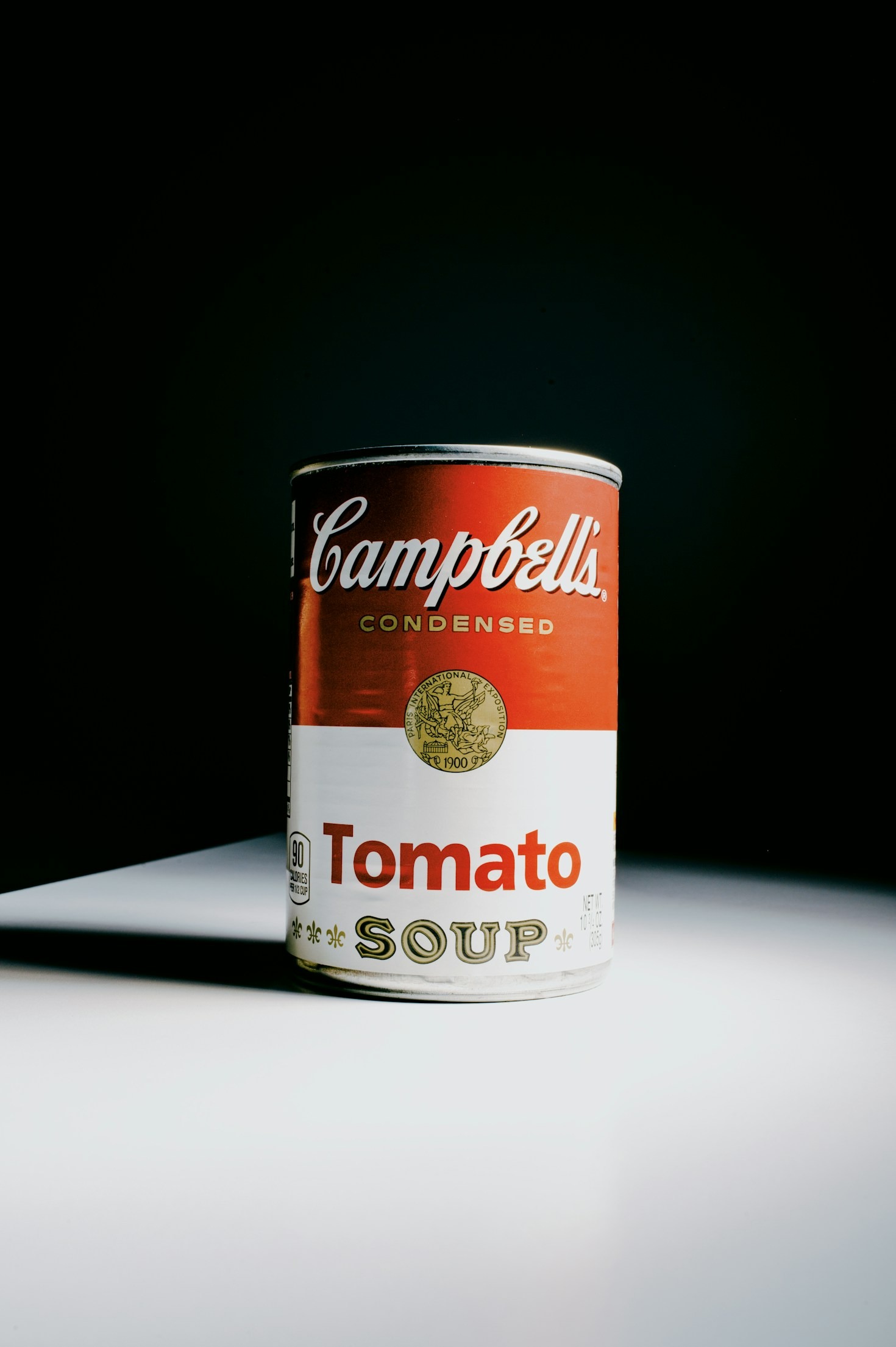Exploring the Pop Art Movement Through Warhol – A First-Person Perspective
Hello, darling. I’m Andy Warhol. You probably know me for my Marilyns, my soup cans, my Elvis prints, and maybe even my wigs. But really, I was never just about those things. I was about seeing the world the way it really is—through repetition, through branding, through fame and consumerism. People ask me, “Andy, what is Pop Art?” And I tell them: it’s everything. It’s the world around you. It’s the soup you eat, the movies you watch, the celebrities you worship. And it’s been inside you all along.
Let’s talk about Pop Art. Let’s talk about why it exploded. Let’s talk about why it still matters.
What Is Pop Art? The Beauty in the Ordinary
Pop Art wasn’t about painting sunsets and dreamy landscapes. No one cared about that anymore. The world had changed. Television, magazines, Hollywood, advertising—it was all around us, in our faces, on our walls, in our hands. Why wasn’t art reflecting that? So we did it. We took what was already famous and made it even bigger. We made it repeat itself until people couldn’t look away.
Pop Art is about turning the ordinary into the extraordinary. A Campbell’s soup can is just a soup can—until you put it on a gallery wall. A portrait of Marilyn Monroe is just a photo—until you flood it with neon pinks, electric blues, and repeat it twelve times. Then it becomes something different. It becomes iconography.
The Explosion of Pop Art in the 1960s
Ah, the 1960s. Now that was an explosion. The art world was too stuffy, too intellectual, too self-important. Abstract Expressionism was on top—artists were dripping paint on canvases, searching for their souls, struggling to explain their emotions. But who needed emotions when you had Coca-Cola?
Jasper Johns was painting targets and flags. Roy Lichtenstein was making comic book panels into art. Claes Oldenburg was sculpting giant hamburgers. We weren’t trying to paint history. We were trying to paint right now. And that’s what made Pop Art explode. Because people understood it. They already lived in it. It wasn’t just about seeing art in museums. It was about seeing art on your grocery shelves, on billboards, in movie posters. Pop Art was mass media, and mass media was Pop Art.
My Contribution: The Factory, The Faces, and The Fame
Now, people call me the “Pope of Pop Art.” Cute, isn’t it? But really, I was just doing what made sense to me. Art had to be fast. It had to be reproducible. It had to be just like everything else in the world—mass-produced and accessible.
So I set up The Factory, my studio where we made art like a business. I had assistants. We cranked out prints. Silkscreening became my signature. Marilyn, Elvis, Jackie Kennedy—each of them became immortalized through that process. Why paint one portrait when you could make a hundred? A thousand?
Fame was another thing I loved. Celebrities. Socialites. The It-Girls. The It-Boys. Edie Sedgwick, Nico, Mick Jagger, Bianca Jagger, Lou Reed. My world was full of them. And why shouldn’t it be? Pop Art was about taking people and making them even more famous. I filmed them, I photographed them, I painted them, I turned them into brands. I made my friends into icons.
Because in the end, darling, we’re all just images, aren’t we?
Pop Art in Advertising: Everything Is Art, Even a Coke Bottle
People ask me: “Andy, is advertising art?” And I say, “Why isn’t it?”
Coca-Cola doesn’t just sell soda; it sells happiness, nostalgia, and the American Dream. The McDonald’s logo? A golden shrine to fast food culture. Marilyn Monroe? Not just an actress—she was a product, a packaged dream for the masses. And I loved it.
I painted Coca-Cola bottles because they meant something. Everyone in America, rich or poor, drank Coke. A billionaire drinks the same Coke a janitor drinks. That’s power. That’s democracy.
My art wasn’t about making something new. It was about making you see what was already there, but in a different way.
The Legacy of Pop Art: Why It Never Ended
Some people say Pop Art died in the 1970s. But darling, look around. It never went away.
Every time you see a street artist spray-painting a celebrity’s face in neon colors, that’s Pop Art.
Every time you see a limited-edition Supreme logo drop, that’s Pop Art.
Every time a brand collaborates with an artist to make a “collectible” version of a sneaker, that’s Pop Art.
Social media? That’s the Factory all over again, just digital this time. TikTok influencers, Instagram filters, celebrity branding—it’s all Pop Art in motion. Everything repeats. Everything is a copy of a copy of a copy.
Final Thoughts: The World Is One Big Silkscreen Print
When I started making Pop Art, people thought it was too commercial. Too shallow. Too obsessed with fame. But that was the whole point. I didn’t care if it was high art or low art. I just wanted to make something people couldn’t stop looking at.
Now, everyone is part of the art world, whether they know it or not. Your selfies? Art. Your curated Instagram feed? Art. Your obsession with branding? Art. The way people obsess over who’s trending? Art. You’re living in the world I dreamed of.
Pop Art was never just a movement. It was a mirror. And darling, if you look close enough, you’re already inside it.
What’s Next?
📖 How Warhol’s Pop Art Predicted Social Media Culture
🎨 The Factory: Where Art, Music, and Fame Collided
💡 What Would Warhol Think of NFTs and AI Art?
💬 Tell me, darling—what’s your favorite piece of Pop Art? Let’s talk. 🚀🎨🔥


Leave a Reply